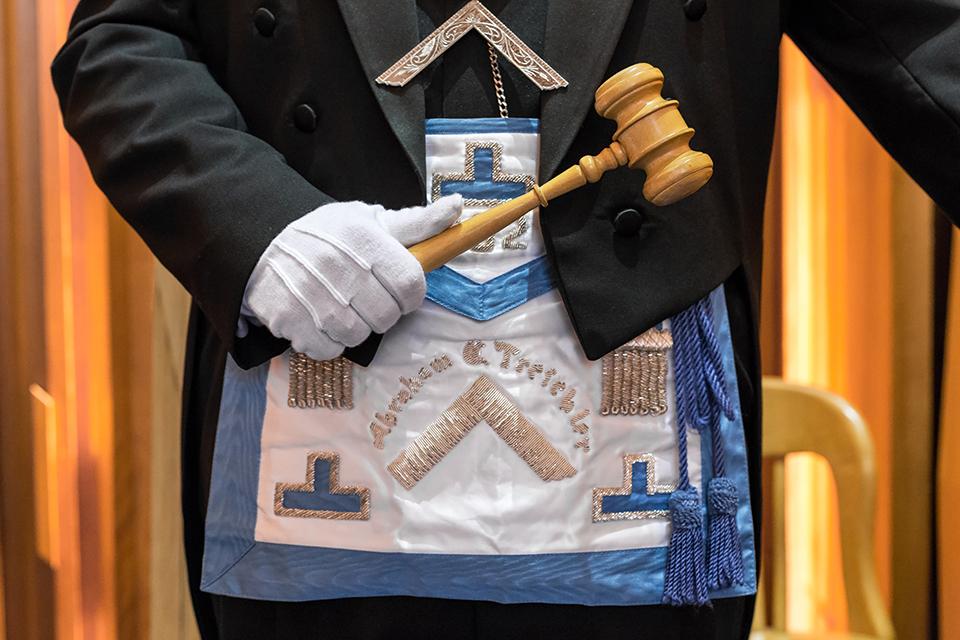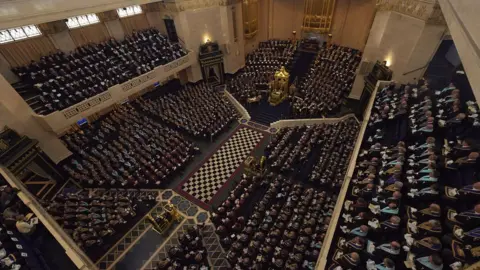Learn the Details Behind the Membership Process to Join Freemason Confidently
Learn the Details Behind the Membership Process to Join Freemason Confidently
Blog Article
Exploring the Mysteries of the Freemason: What You Required to Know
The Freemason, a term commonly shrouded in intrigue and conflict, represents a complex tapestry of historical fact and contemporary myth. Established in the late 18th century, this secret society was originally rooted in the Enlightenment's ideals but has actually since become synonymous with conspiracy theories regarding elite control. As we navigate the origins, vital numbers, and the raw comparison in between misconception and reality, one should think about exactly how these narratives influence contemporary perceptions of power and privacy. What could be disclosed via a better evaluation of these elements could test long-held presumptions regarding the shadows that stick around in our culture.
Beginnings of the Freemason
The origins of the Freemason are soaked in a blend of historic intrigue and ideological eagerness. Established in 1776 in Ingolstadt, Bavaria, by Adam Weishaupt, the team was initially developed as a secret culture focused on promoting Knowledge ideals such as reason, secularism, and the splitting up of church and state. Weishaupt, a professor of canon legislation, looked for to challenge the dominating authority of the church and state, which he considered as overbearing institutions suppressing intellectual and individual freedom.
The Freemason looked for to recruit prominent participants from various societal markets, consisting of national politics, academia, and the arts, to promote a network dedicated to these Knowledge principles. The society operated under a shroud of secrecy, employing coded language and routines to shield its participants from oppression, especially given the repressive climate of the time. Nevertheless, the Freemason encountered significant opposition from both governmental authorities and spiritual establishments, which saw the group as a danger to their power.
Key Figures and Members
Who were the pivotal numbers that formed the Freemason's early impact and instructions? The Bavarian Freemason, established in 1776 by Adam Weishaupt, emerged as a response to the overbearing social structures of the time.
Another substantial figure was Johann Gottlieb Fichte, a popular philosopher whose concepts on nationalism and education and learning resonated with the Freemason's goals. Fichte was not an official participant, his thoughtful underpinnings influenced the team's ideological background. Additionally, numbers like the author and theorist Johann Wolfgang von Goethe were connected with the wider intellectual activities of the moment, although their direct involvement with the Freemason stays discussed.
These crucial figures added to the Freemason's very early instructions, pushing the borders of political and social thought, while their cumulative efforts intended to challenge recognized standards and promote an environment of modern change in Europe.
Misconceptions vs. Reality
Many false impressions surround the Freemason, commonly mixing fact with fiction in a method that covers its real nature. The notion that the Freemason proceeds to apply substantial influence over world occasions is a misconception - how to become a freemason.
An additional widespread misconception is that the Freemason comprises a network of elite individuals controling international events. Actually, lots of conspiracy theory theories exaggerate the group's relevance, connecting misguided objectives to social fads and events. This has brought about an oversimplified sight of complex issues.

Modern Interpretations
Contemporary interpretations of the Freemason usually mirror more comprehensive social anxieties and a fascination with secrecy and power. This modern lens often connects the Freemason with conspiracy theory concepts that recommend a surprise elite coordinates globe occasions, adjusting federal governments and economic climates for their own gain. Such narratives use a deep-seated suspect of authority, especially in times of dilemma or social turmoil.

In addition, some modern-day analyses mount the Freemason as an allegory for the complexities of globalization and the original source the interconnectedness of prominent individuals and organizations. This viewpoint urges an essential examination of just how power characteristics operate in today's world, highlighting the balance in between openness and secrecy in governance and business practices.
Social Influence and Heritage
Influenced by centuries of intrigue, the social effect and tradition of the Freemason extend far beyond its historical beginnings. This secret society, established in the late 18th century, has actually penetrated numerous facets of preferred culture, from literature and film to music and art. The principle of the Freemason has actually progressed into an icon of conspiracy theory theories, frequently representing a regarded concealed power controling global events.
In literature, writers like Dan Brown have woven the Freemason into detailed stories, exciting visitors with motifs of privacy and power. Films such as "National Prize" and "The Da Vinci Code" further bolster the appeal of the culture, blending reality with fiction to produce interesting narratives.
The Freemason's influence additionally extends right into songs, with artists referencing the company to evoke motifs of rebellion and social critique. This representation has actually added to an attraction with the idea of private groups managing the bars of power, showing social anxiousness about my company authority and openness.
Ultimately, the Freemason's heritage is a complex tapestry of misconception and fact, forming perceptions of privacy and control in contemporary discussion. Its enduring existence in society underscores humankind's seasonal mission for recognizing covert facts.
Conclusion
The expedition of the Freemason reveals a complicated interaction between historic truths and contemporary myth-making. Established in the Enlightenment period, this society aimed to test oppressive frameworks, yet its tradition has been eclipsed by conspiracy concepts that recommend elite adjustment. Recognizing the distinctions between the initial perfects and modern analyses is vital for understanding the enduring fascination with the Freemason and its considerable impact on social stories bordering power and privacy in culture.
Report this page